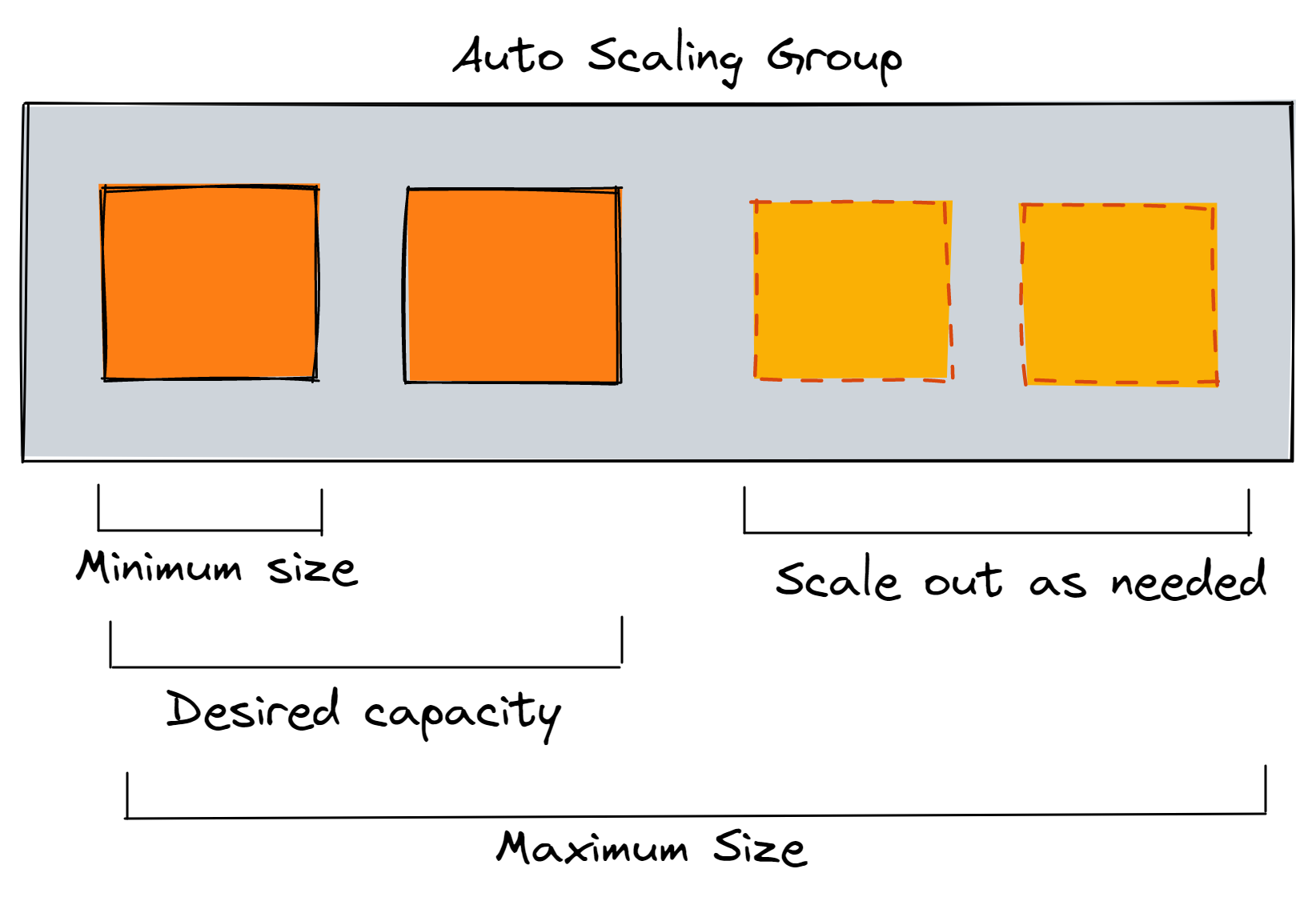Auto-Scaling in Cloud Computing

Auto-scaling is a feature of cloud computing that helps organizations scale the capacity of cloud services or virtual machines up or down based on traffic levels. Amazon Web Services (AWS), Microsoft Azure, and Google Cloud Platform (GCP) are the cloud computing components that provide the auto-scaling feature.
By automatically expanding and lowering fresh instances as demand rises and falls, auto-scaling reduces cost and enables consistent functionality. As a result, amidst changing and often unforeseen requests for services, auto-scaling ensures stability. Auto-scaling also avoids the need to react explicitly to heavy traffic in real-time which would necessitate more tools and instances. Furthermore, auto-scaling allows for the installation, tracking, and deactivation of each unit.
Best Practices:
Let's pretend that you have a mobile or web application that operates using two instances. You want the auto-scaling group's CPU utilization to remain around 50% whenever the workload on the app varies. Although you can't anticipate when the parameters will alter, this strategy is beneficial for scaling in reaction to such changes. AWS EC2 auto-scaling can be configured to reply for you. Smarter auto-scaling settings and better audit evidence of auto-scaling parameters can often help a platform respond rapidly to this concern.
Several programs, such as auto-scaling in Azure, have a learning curve that is taken care of by AWS auto-scaling groups, which allow users to categorize instances in a structured group which enables easier scaling and control.
However, in practice, the ideal usage for AWS auto-scaling groups is in combination with request instances that fit the stored instances you've purchased. By doing this, you can save maximum money when compared to other service providers.


